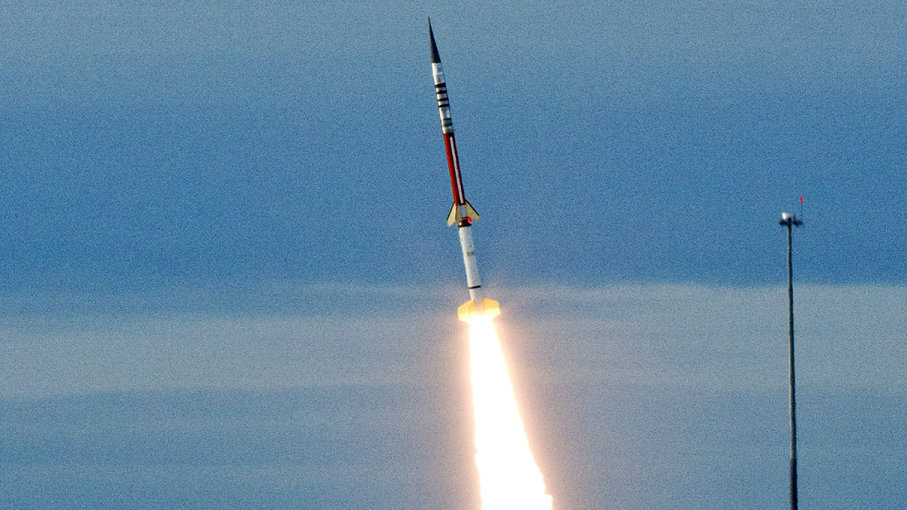NASA Launch Could Be Colorful Light Show for Viewers

As dawn is about to break on Sunday, June 11, those living along the East Coast from New York City to North Carolina could be treated to a spectacular multi-colored atmospheric light show courtesy of NASA.
That’s when the space agency intends its attempt its fourth launch of a small “sounding rocket” from it Wallops Flight Facility on the shore of Eastern Virginia to some 100 miles (160 kilometers) above the planet. The first two tries were aborted due to bad weather, and a third was scrubbed because of boats in the launch hazard area.
If things go as planned this time, the Terrier-Improved Malemute rocket will carry onboard 10 canisters containing strontium, cupric-oxide and barium. The rocket will eject those canisters between four and five-and-a-half minutes after launch, and the metals will create a blue-green and red vapor that will form artificial, multi-colored clouds.
These vapor tracers, as they’re called, will allow scientists to visually track how particles in space move. The ionosphere extends from 50 to 600 miles (80 to 1,000 kilometers) above Earth’s surface, stretching to the edge of outer space. The mission will last about eight minutes, before the sounding rocket’s main payload lands about 90 miles (145 kilometers) out to sea in the Atlantic Ocean. The launch is also a test for the rocket’s ampoule ejection system, in which canisters are deployed away from the rocket’s payload. That system will allow scientists to record information over a greater area.
For those living north of the Virginia launch site in areas like Washington, D.C., Philadelphia and New York City, the light show could be dazzling in the lower eastern sky. The clouds should be visible in the northeastern sky, near the horizon of the launch site in Norfolk, Virginia Beach and the North Carolina’s Outer Banks. Everyone else can view the livestream and get continuous updates on the Wallop’s Facebook page and Nasa’s Twitter feed. A downloadable “What’s Up at Wallops” app has tons of info on the launch, plus a compass that explains exactly which direction to view it.



 Creators of mankind
Creators of mankind Description of “Tall white aliens”
Description of “Tall white aliens” Where they came from?
Where they came from? About hostile civilizations
About hostile civilizations The war for the Earth
The war for the Earth “Tall white aliens” about eternal life
“Tall white aliens” about eternal life Video: “Nordic aliens”
Video: “Nordic aliens” Aliens
Aliens Alien encounters
Alien encounters The aliens base
The aliens base UFO
UFO Technology UFO
Technology UFO Underground civilization
Underground civilization Ancient alien artifacts
Ancient alien artifacts Military and UFO
Military and UFO Mysteries and hypotheses
Mysteries and hypotheses Scientific facts
Scientific facts


















